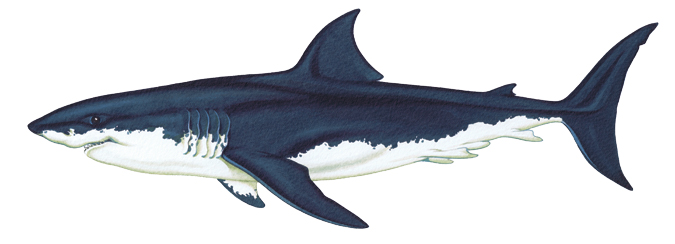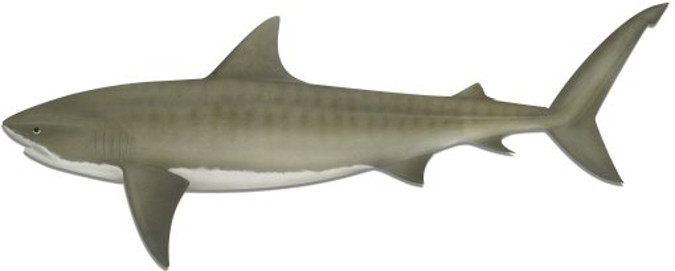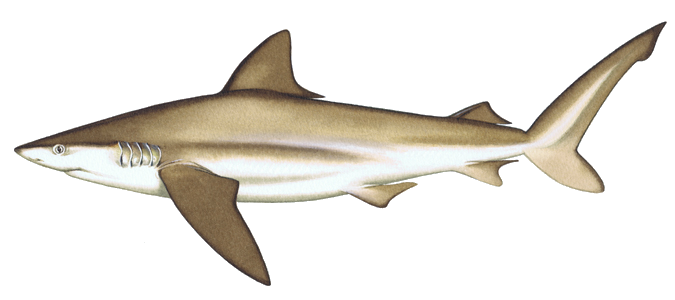Shark species identification
There are over 500 shark species in the world, approximately 180 of which are found in Australian waters. Of all of these species, only a handful pose a potential threat to people swimming, diving, fishing and surfing in the marine environment.
In fact, nearly all attacks in Australian coastal waters have been attributed to just three species: Great white sharks, tiger sharks and bull sharks. Other potentially dangerous sharks in Victoria include bronze whalers.
The last fatal shark attack in Victoria was in 1987 and was thought to involve a great white shark.
Below, you can learn about the different types of sharks found in Victoria, and what makes them special.
Great white shark
While not a particularly imaginative name, the great white shark got its name from being big and having a white underside. The largest of all Australian sharks, they can grow up to 6 metres long and weigh up to 3 tonnes!
Great white sharks often spring to mind when we think of shark attacks, thanks to the movie Jaws. Despite sounding scary, you're 5 times more likely to be struck by lightning than be attacked by a shark.
Tiger shark
Tiger sharks get their name from the stripes that cover their back; however, these stripes can be harder to see on adult sharks over 3 metres long. Tiger sharks are less common in Victoria than in northern areas of Australia; however, they are occasionally spotted.
They're considered dangerous to humans as they eat anything and everything, can be found in shallower waters than their larger counterparts, and often feed at night.
Bull shark
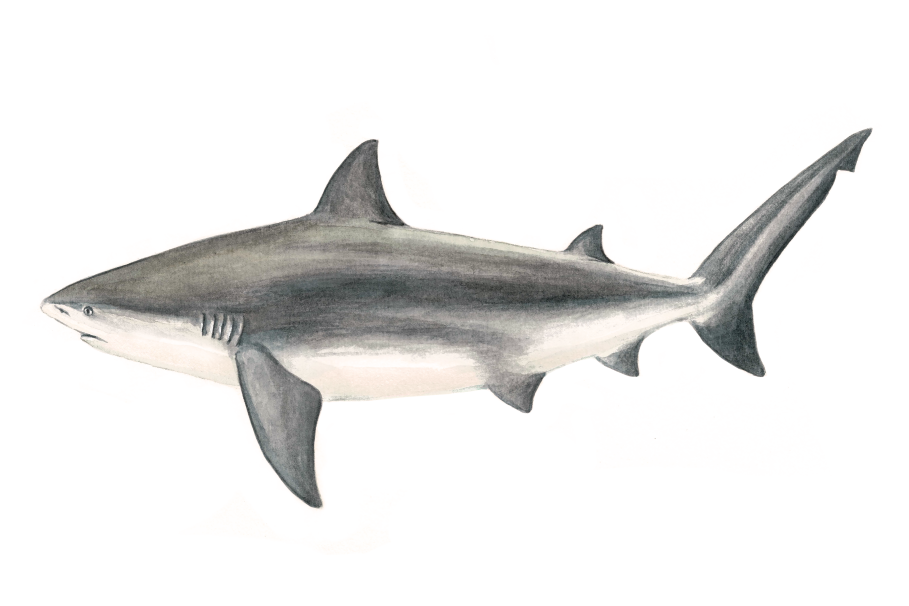
Bull Sharks can live in a wide range of habitats from coastal marine and estuarine, to freshwater. Even though Bull Sharks are usually only found in northern Australia, there have been confirmed bull shark sightings from 90-mile beach to Marlo beach in Victoria.
Bull Sharks grow up to 3.5m long, they have a short blunt snout, small eyes and stout body. Bull sharks are considered dangerous and aggressive, and are not bothered by brackish and freshwater, and even venture far inland via rivers and tributaries
Bronze whaler
Bronze whaler sharks range in colour from bronze to a greyish-brown, with a pale stripe down their sides. Sometimes, they also have darker fin tips.
These sharks tend to reside in coastal and continental shelf waters of southern Australia. While they're not known to be aggressive, they are potentially dangerous to humans.
Grey nurse shark
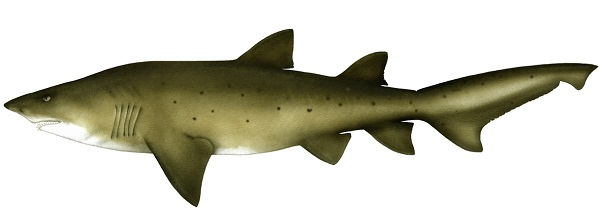
Grey nurse sharks are large, slow-swimming sharks that like to hang out in large sandy gutters and caves. They're one of the most endangered marine fishes in Australia, after their numbers declined rapidly until the 1990s.
While grey nurse sharks are large, they're generally not dangerous to humans. However, they will bite defensively if stepped on or bothered by divers who assume they're docile.
Gummy shark

Gummy sharks, also known as flake at your local fish and chip shop, are a smaller breed of shark found all over Victoria, but especially in Port Phillip Bay.
These sharks are much smaller than their relatives, and are usually quite thin with greyish colouring and white spots across their back.
School shark

School sharks are a slender, grey to bronze shark with a pale underside. The underside of the head, near their snout tip, is often translucent!
Like gummy sharks, school sharks are very important to the southern Australian commercial fishing industry, and are commonly sold to be eaten both locally and overseas.
Broadnose sevengill shark

Broadnose sevengill sharks are a grey to greyish-bronze speckled and spotted shark with 7 pairs of gill slits and a short, blunt snout.
While slow moving, these sharks are powerful predators and can be aggressive if provoked. Interestingly, broadnose sevengill sharks are responsible for a number of attacks on humans in aquariums, but there's been no verified attacks in the open ocean.
Port Jackson shark
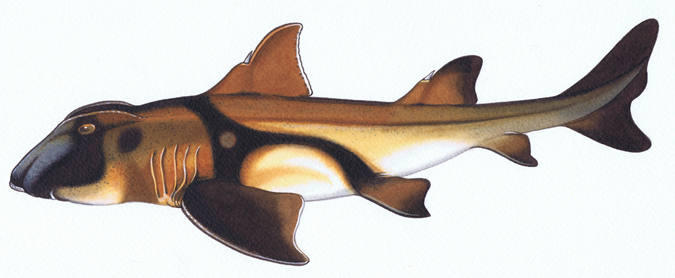
Port Jackson sharks are small, bottom-dwelling sharks that love to hang around structures like jetties and piers. They have brown and bronze markings, which almost look like a harness across their backs.
They're not considered dangerous to humans, and are often a sought-out species to be observed by divers.

